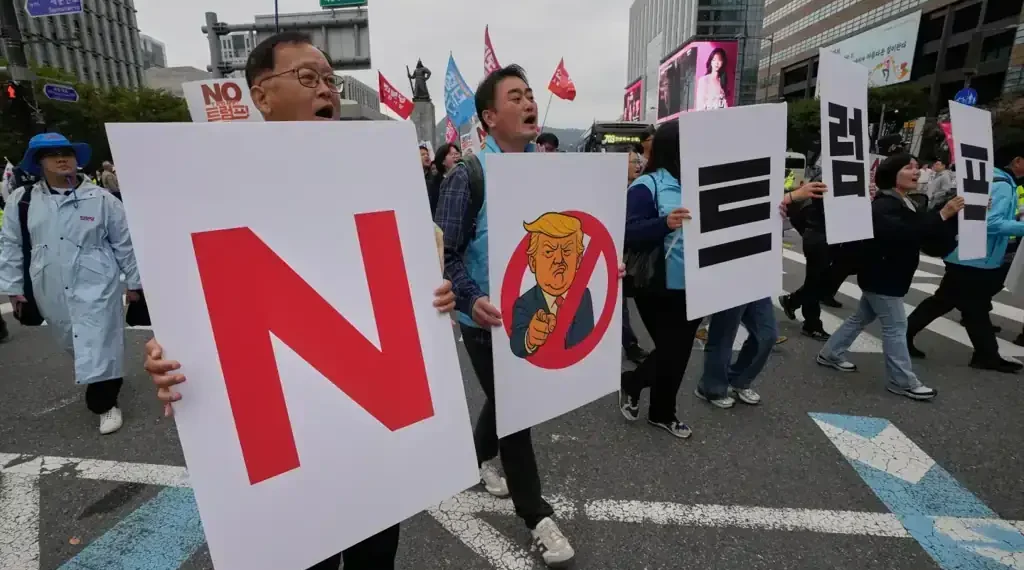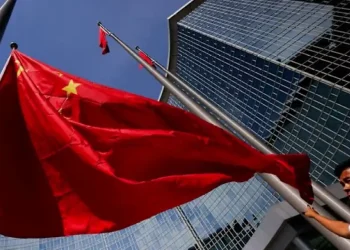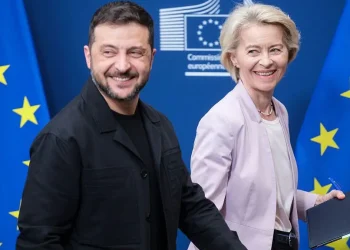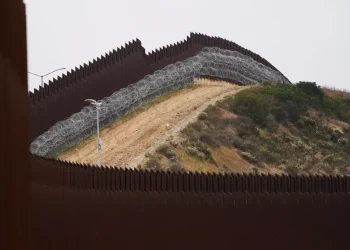President Donald Trump will visit Japan and South Korea to encourage at least $900 billion in investments for U.S. factories, energy infrastructure, and other projects. While both countries pledged financial commitments in August, details remain uncertain, and negotiations continue amid tariff disputes and regional geopolitical concerns.
Trump’s Asian Visit Targets Industrial Investments
President Trump is scheduled to travel to Japan and South Korea next week with the goal of securing substantial investments in U.S. industry, including a proposed $900 billion commitment covering factories, natural gas pipelines, and other infrastructure projects.
The pledges from Japan and South Korea were announced in August as part of negotiations aimed at reducing planned U.S. tariff rates from 25% to 15%. However, as the U.S. president prepares to depart Friday evening, the promises remain largely aspirational rather than finalized capital allocations.
Japan’s $550 Billion Commitment and New Leadership
Japan pledged $550 billion in investments, though its government has indicated that these funds should favor Japanese companies, according to a memorandum released in September. The country recently appointed a new prime minister, Sanae Takaichi, who has expressed support for Trump but leads an untested coalition government.
The memorandum outlines a process for the U.S. government to have input on spending decisions, with Commerce Secretary Howard Lutnick leading a committee to propose investments. Japan would have 45 days to respond, while the projects would prioritize Japanese contractors and suppliers.
South Korea’s $350 Billion Proposal Faces Financial Hurdles
South Korea has pledged $350 billion in potential investments, but its plan involves loan guarantees and a currency swap to mitigate risks to the domestic economy. The country’s foreign currency reserves, representing over 80% of the proposed investment, could be strained if upfront payments are required.
South Korean officials have sought to structure investments in a way that avoids destabilizing financial markets while complying with U.S. demands. Presidential Chief of Staff for Policy Kim Yong-beom stated that both nations are close to an agreement that would be mutually sustainable, without providing further details.
Tariffs, National Security, and Economic Optimism
Trump has highlighted tariffs as a key leverage tool, framing them as essential for national security and instrumental in securing the investment commitments. Speaking to Republican senators, he emphasized that the pledges would not have occurred without the threat of higher tariffs and asserted that these measures will fuel economic growth in the coming year.
U.S. Trade Representative Jamieson Greer described the broader strategy as encouraging allied nations to invest in America’s industrial future, presenting the plan as a counterbalance to China’s growing manufacturing capabilities in sectors like electric vehicles and semiconductors.
Balancing U.S. Interests and Regional Dynamics
Analysts note that mandating U.S. investments from Japan and South Korea could create tensions, as both nations remain economically and geographically connected to China. Christopher Smart, a former Obama administration economic adviser, cautioned that the approach could extract financial commitments while simultaneously limiting exports to the U.S., potentially straining alliances.
Andrew Yeo of the Brookings Institution described the agreements primarily as mechanisms to avoid U.S. tariffs, rather than explicit strategies to compete with China. Nonetheless, both Japan and South Korea have incentives to reach workable arrangements to maintain strong bilateral relations.
Lessons from Past Agreements
Previous collaborations, such as Nippon Steel’s acquisition of U.S. Steel, demonstrate how Japan has negotiated investment deals with the U.S. government. The arrangement allowed oversight from U.S. authorities while enabling Japanese companies to expand their industrial footprint in America.
Similarly, the memorandum on Japan’s $550 billion investment gives the U.S. government a formal role in guiding projects, including infrastructure, nuclear energy, and pharmaceutical production. Secretary Lutnick confirmed that the funds are intended to benefit the U.S. economy while advancing Japanese industrial interests.
Immigration Concerns and Labor Availability
Immigration policies have added complexity to the negotiations. In September, U.S. authorities detained more than 300 South Korean workers during an immigration raid at a Hyundai plant in Georgia, raising concerns about workforce availability for U.S. industrial projects.
South Korea has requested expanded visa provisions or waivers to ensure skilled technicians can work on American projects. President Lee Jae Myung has indicated that companies may hesitate to invest further without a reliable visa system for workers needed on-site.
Trump continues to assert that tariff-driven investments will ultimately generate U.S. jobs, presenting them as critical to national economic growth.
Looking Ahead
As Trump heads to Asia, negotiations remain fluid. Japan and South Korea are working to finalize investment details, while balancing domestic economic interests and regional geopolitical considerations. Analysts suggest that the success of these initiatives will hinge on resolving financial, regulatory, and labor-related obstacles in the coming weeks.
This article was rewritten by JournosNews.com based on verified reporting from trusted sources. The content has been independently reviewed, fact-checked, and edited for accuracy, neutrality, tone, and global readability in accordance with Google News and AdSense standards.
All opinions, quotes, or statements from contributors, experts, or sourced organizations do not necessarily reflect the views of JournosNews.com. JournosNews.com maintains full editorial independence from any external funders, sponsors, or organizations.
Stay informed with JournosNews.com — your trusted source for verified global reporting and in-depth analysis. Follow us on Google News, BlueSky, and X for real-time updates.














